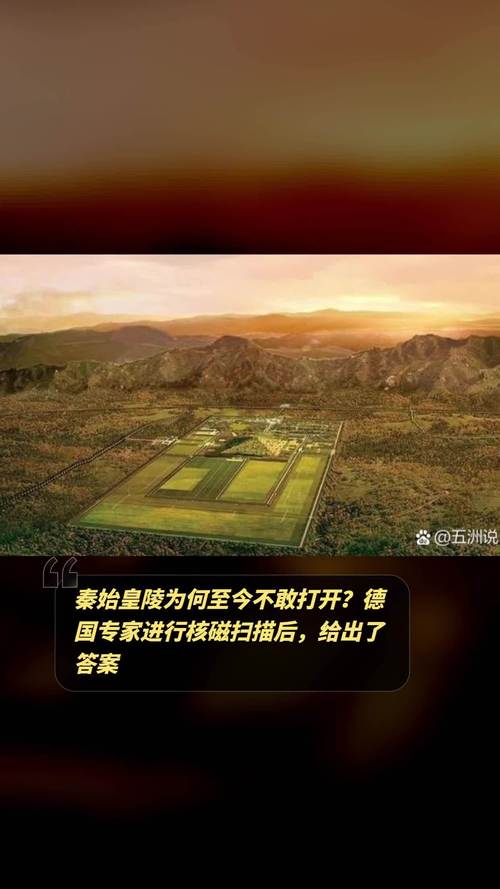
Why We Haven't Opened Qin Shi Huang's Tomb
For centuries, the mysteries of Qin Shi Huang's tomb have captivated archaeologists and historians alike. Buried beneath a mound of earth resembling a natural hill, the tomb is believed to hold not only the remains of China's first emperor but also a treasure trove of artifacts and secrets. Yet, despite its allure and the advancements in modern archaeology, the tomb remains unopened. The question arises: why?
Fear of Irreparable Damage
While the desire to unearth the treasures within the tomb is strong, a potent fear acts as a deterrent: the fear of causing irreversible damage.
- Structural Integrity: The tomb's structure, built over two millennia ago, is inherently fragile. Even with modern technology, there's a significant risk that excavation could destabilize the tomb, leading to collapses and the loss of priceless historical artifacts.
- Delicate Artifacts: The interior is rumored to contain a wealth of delicate artifacts, such as silk tapestries, lacquered objects, and ancient texts. Exposure to air and light after centuries of being entombed could cause rapid deterioration, turning these treasures to dust.
- Unknown Environmental Hazards: The tomb's sealed environment might contain hazardous materials, such as mercury, which was believed to have been used to create rivers and lakes within the tomb. Disturbing this delicate balance could pose serious risks to archaeologists and the surrounding environment.
The Legend of Booby Traps
Adding another layer of apprehension are the ancient texts that describe elaborate booby traps designed to protect the emperor in the afterlife.
- Rigged Crossbows: Historical records describe rigged crossbows set to fire upon anyone who dares enter the tomb. These mechanical marvels, though ancient, could still pose a deadly threat.
- Hidden Traps: Legends speak of hidden pits filled with poisonous creatures, false floors designed to give way, and other ingenious traps meant to deter grave robbers. These tales, passed down through generations, fuel the apprehension surrounding the excavation of the tomb.
Modern Archaeological Hesitation
Despite technological advancements, even today, Chinese archaeologists are hesitant to disturb Qin Shi Huang's final resting place.
- Respect for the Deceased: There's a deep-rooted cultural respect for the deceased in Chinese tradition. Disturbing a tomb, especially one of such historical significance, is seen as taboo and disrespectful.
- Focus on Non-Invasive Techniques: Modern archaeology emphasizes non-invasive methods like ground-penetrating radar and remote sensing to study archaeological sites. These technologies allow researchers to glean valuable information about the tomb's layout and contents without resorting to physical excavation.
- Waiting for Technological Advancements: Archaeologists are hopeful that future advancements in technology will provide safer and less intrusive methods to explore the tomb, minimizing the risk of damage and ensuring the preservation of its historical treasures for future generations.
FAQs
Q: Are there any plans to open the tomb in the future?
A: Currently, there are no concrete plans to excavate the tomb. The focus remains on developing non-invasive techniques to study the site without disturbing it.
Q: What have we learned about the tomb without opening it?
A: Using techniques like ground-penetrating radar and analysis of the surrounding soil, archaeologists have discovered the vast scale of the tomb complex, confirming the presence of various chambers and the possible location of the emperor's burial chamber.
Q: What would be the significance of opening the tomb?
A: Opening the tomb could potentially unlock a wealth of knowledge about the Qin Dynasty, revealing details about their burial practices, artistry, and even their understanding of science and technology. However, this potential gain needs to be carefully weighed against the risks involved.